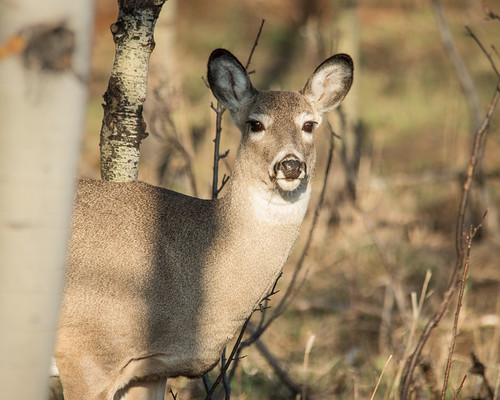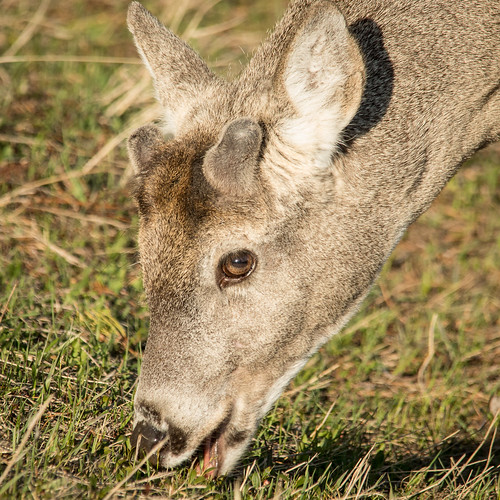EMTF-SK is offering an online presentation on hydrogen fuel technologies from 7:30-9:15 am, Sept. 1.
Library of Things, Saskatoon, will be open for pick-ups by reservation from the back door in the alley from 1-4 pm, Sept. 4.
Looking Ahead
SaskOutdoors is offering a virtual Project Wild training from Sept. 13-Oct. 4.
Nature Saskatchewan is hosting its fall meet in Moose Jaw on Sept. 18.
The Richard St. Barbe Baker Afforestation Areas Inc. has planned a number of activities during National Forest Week from Sept. 18-26.
Full event details are provided on the EcoFriendly Sask Calendar
Agriculture
“Diversifying landscapes . . . could conserve nature and help to boost food production . . . landscapes with increased diversity typically produced around 17 to 18 bushels more per acre, of corn and wheat” [Anthropocene]
A study of Alberta’s Bow River Basin shows that many farmers who adopt modern irrigation systems expand their operations, leading to increased agricultural water demand and potential water shortages. [Science Direct]
Housing
“What if the most American symbol of unsustainable consumption isn’t the automobile, but the air conditioner?” [Vox]
As a result of the pandemic, Americans want larger homes, farther apart, with greater distance to schools and stores – despite the fact that urban sprawl fails to address climate change. [Planetizen]
Low-rise, high-density cities have a lower carbon impact than high-rise, high-density cities as high-rises use more materials and need to be built further apart. [npj Urban Sustainability]
Letter from an urban deer: “Don’t fret if you see us on your lawns. Rewilding is not just about letting a few species run free far away from human civilization. It’s about allowing our world to cross over into your world.” [High Country News]
A UK study has found that LED streetlights cause worse light pollution resulting in fewer insect pollinators than traditional sodium bulbs. But that doesn’t have to be the case. “LEDs are dimmable, can be linked to motion sensors and can have cheap filters fitted to screen out blue light.” [The Guardian]
Did you know? The width of the banded woolly bear caterpillar's red band is said to predict the severity of the coming winter, but this isn't the case. The red band lengthens as the caterpillar matures, while wetter weather lengthens the black bands. [Nature Companion, a free nature app for Canada’s 4 western provinces]
EcoFriendly Sask supports Saskatchewan environmental initiatives through an online publication, an events calendar, small grants, and the Nature Companion website/app.
You can follow EcoFriendly Sask by liking us on Facebook, following us on Twitter, or subscribing by email (top right corner).


